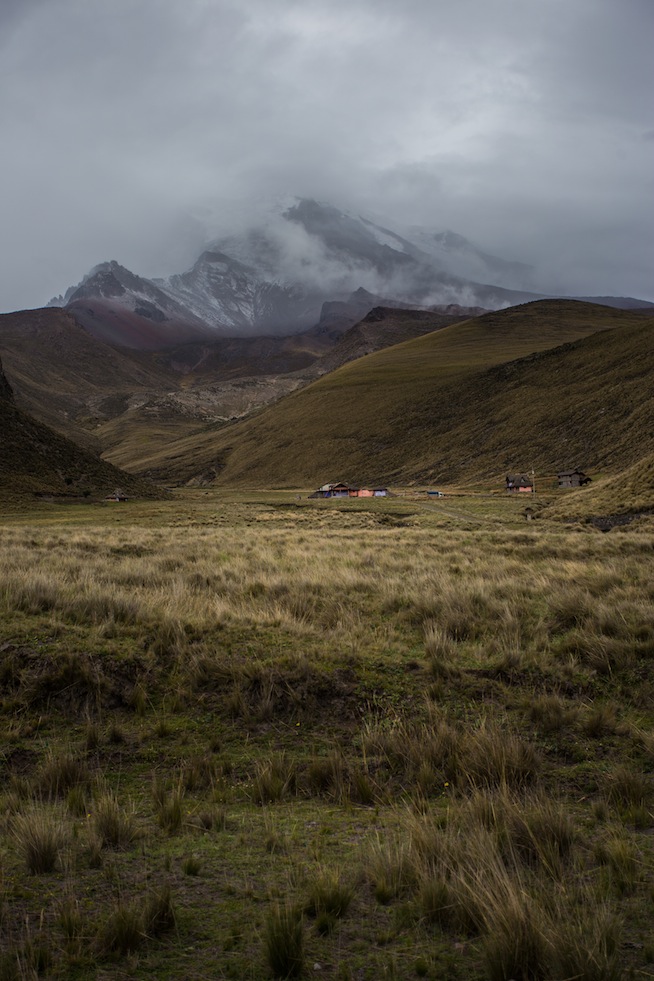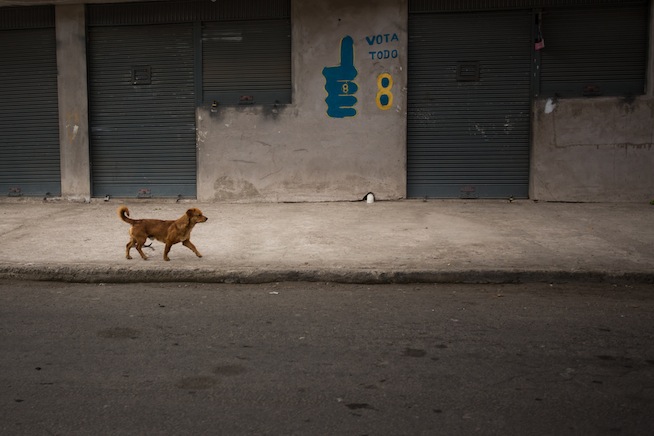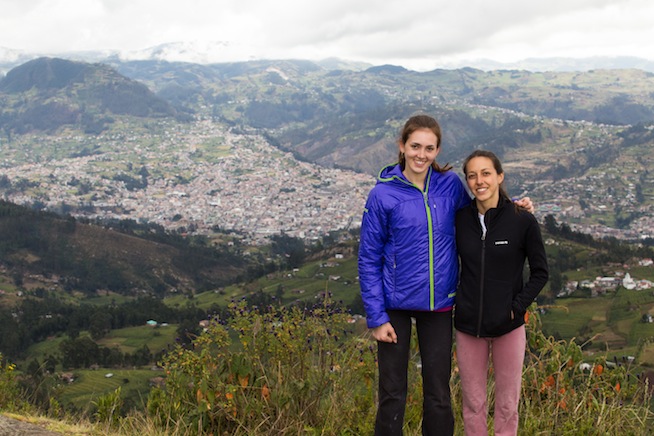VIDEO: Heifer International & Ecuador Wrap-up
While in Ecuador, I’m climbing to raise money for Heifer International, a global non profit that applies the “teach a man to fish” philosophy by helping bring sustainable agriculture to impoverished communities. We’ll be visiting two rural villages in Ecuador where Heifer supports local projects – one involving llamas and alpacas and the other regarding soil enrichment. To join Lead Now in supporting Heifer, donate online at www.crowdrise.com/leadnowtourecuador. Donate $27 or more and you’ll be entered into a monthly raffle to win a Marmot tent!The end of a trip always feels rushed, and our time in Ecuador was no exception. In addition to traveling throughout the country and completing a bolted project in Cajas National Park, we spent a few days learning about Heifer International, took a quick trip to the coast, filmed some multi pitch climbing in Cojitambo, and taught a climbing clinic to a group of 40 teenagers.Heifer International is our non profit partner in Ecuador. In their own words, Heifer "links communities and helps bring sustainable agriculture and commerce to areas with a long history of poverty". By providing animals, seeds, and training to local communities, Heifer gives impoverished communities the resources they need to utilize their small plots of land and support their families. I quickly fell in love with Heifer's work. Instead of handing out a temporary solution to hunger and poverty, they're providing the tools that real people need in the real world. An entire family can make a living with a herd of Heifer gifted alpacas. Perhaps the father will lead the male alpacas to higher pastures during the day, the mother will watch over the young alpacas while spinning their fiber (fur) on a homemade spindle, and the daughter will travel to the weekend market to sell the yarn or garments. Or think goats (milk), cows (beef), or seeds (crops). Under Heifer's "Passing on the Gift" model, the first female offspring of gifted livestock or young plants from newly sprouted crops will be shared with another family.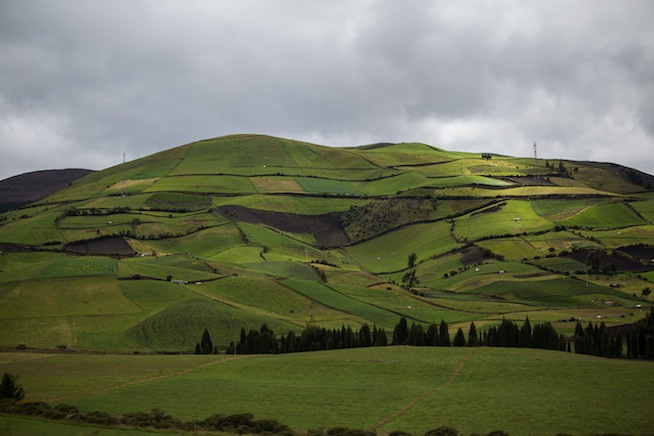
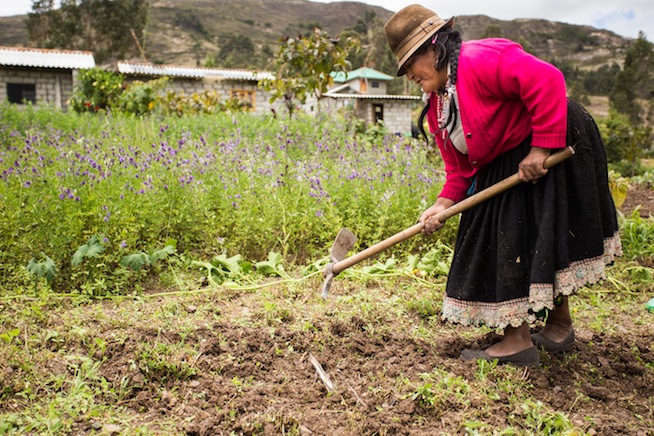 During our first visit with Heifer's regional team in Ecuador, we had the opportunity to sit in on a training session for local farmers before visiting an alpaca farm. Up in the hills, the alpacas happily wandered about in green pastures as their caregiver spun yarn. Alpaca fiber is much softer than sheep's wool, making it more profitable at markets. Alpacas are really cute, curious animals, so it was fun to watch them play and learn about how they support a community.
During our first visit with Heifer's regional team in Ecuador, we had the opportunity to sit in on a training session for local farmers before visiting an alpaca farm. Up in the hills, the alpacas happily wandered about in green pastures as their caregiver spun yarn. Alpaca fiber is much softer than sheep's wool, making it more profitable at markets. Alpacas are really cute, curious animals, so it was fun to watch them play and learn about how they support a community.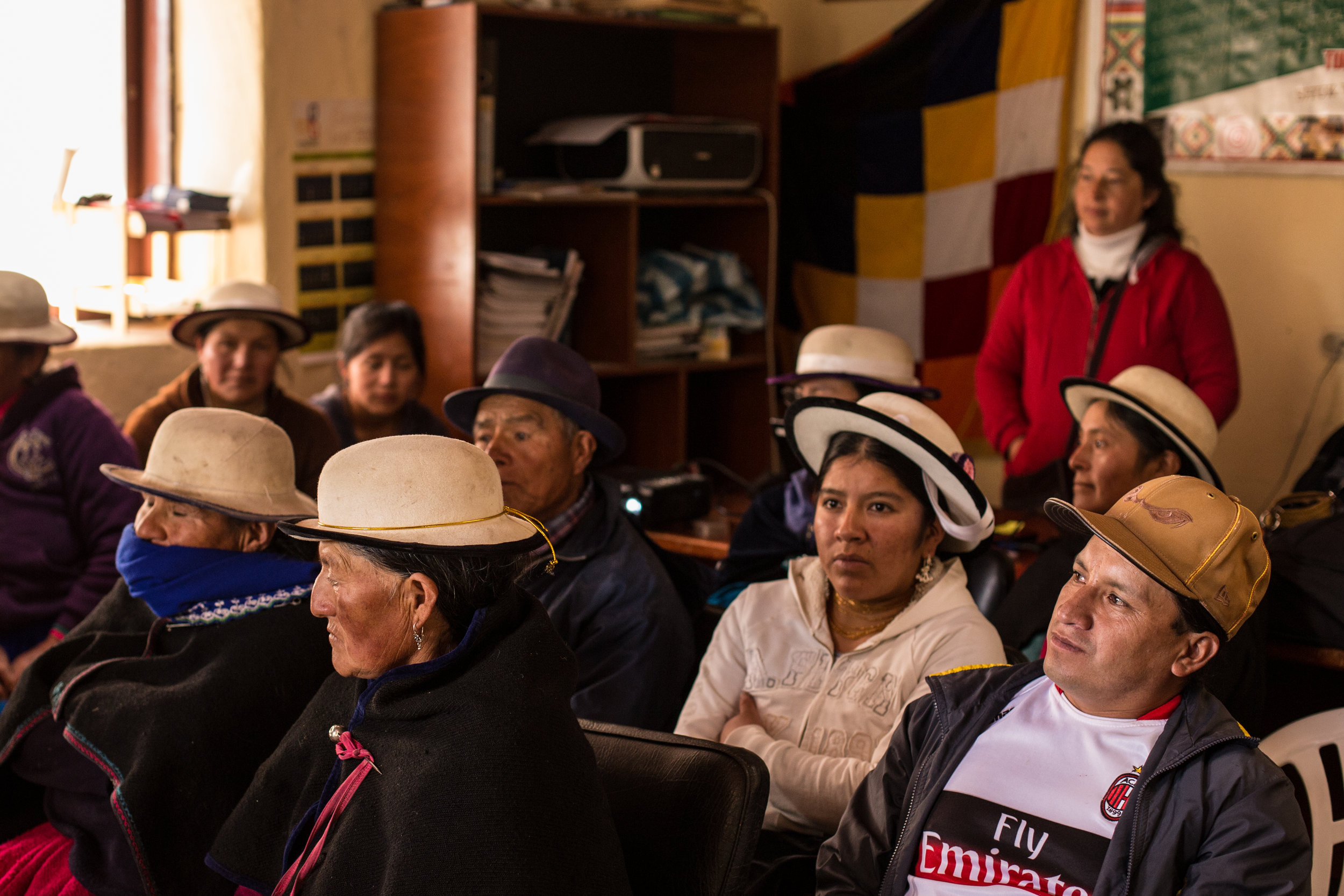
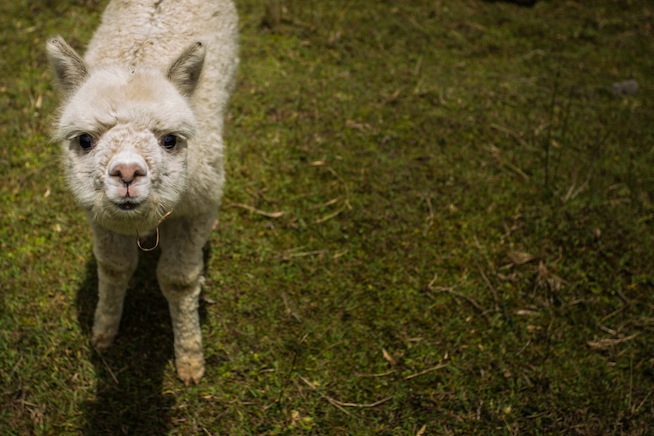
 We also visited a family who grew crops and raised guinea pigs to sell at another local market. Guinea pig, or cuy, is a local delicacy in Ecuador and much of South America. Indigenous women helped us roast guinea pigs on spits over a fire in a small hut, and then we shared a meal with their family. It was a bit strange to eat an animal that is a common household pet in the US, but this was about as humane as it gets - the little guys were happily playing up until the moment they quickly went to guinea pig heaven. I was shocked at the end of the meal when Martha, one of the two women of the household, made a speech apologizing for her humble home and offering. Apparently this apology of sorts is customary in the region, but very different from our own culture. Martha's two level home with dirt floors, dogs running about, and children playing was beautiful, as was the life she led tending to her expansive garden. It's so impressive to learn how people around the world live and support themselves - the local farmers have such a close connection with the land that they know everything there is to know about everything there is to know about. I was actually on day 2 of food poisoning when we visited this home and roasted guinea pigs, and Martha made me tea from native plants in the backyard - she mended my innards enough so that I could partake in the meal!
We also visited a family who grew crops and raised guinea pigs to sell at another local market. Guinea pig, or cuy, is a local delicacy in Ecuador and much of South America. Indigenous women helped us roast guinea pigs on spits over a fire in a small hut, and then we shared a meal with their family. It was a bit strange to eat an animal that is a common household pet in the US, but this was about as humane as it gets - the little guys were happily playing up until the moment they quickly went to guinea pig heaven. I was shocked at the end of the meal when Martha, one of the two women of the household, made a speech apologizing for her humble home and offering. Apparently this apology of sorts is customary in the region, but very different from our own culture. Martha's two level home with dirt floors, dogs running about, and children playing was beautiful, as was the life she led tending to her expansive garden. It's so impressive to learn how people around the world live and support themselves - the local farmers have such a close connection with the land that they know everything there is to know about everything there is to know about. I was actually on day 2 of food poisoning when we visited this home and roasted guinea pigs, and Martha made me tea from native plants in the backyard - she mended my innards enough so that I could partake in the meal!
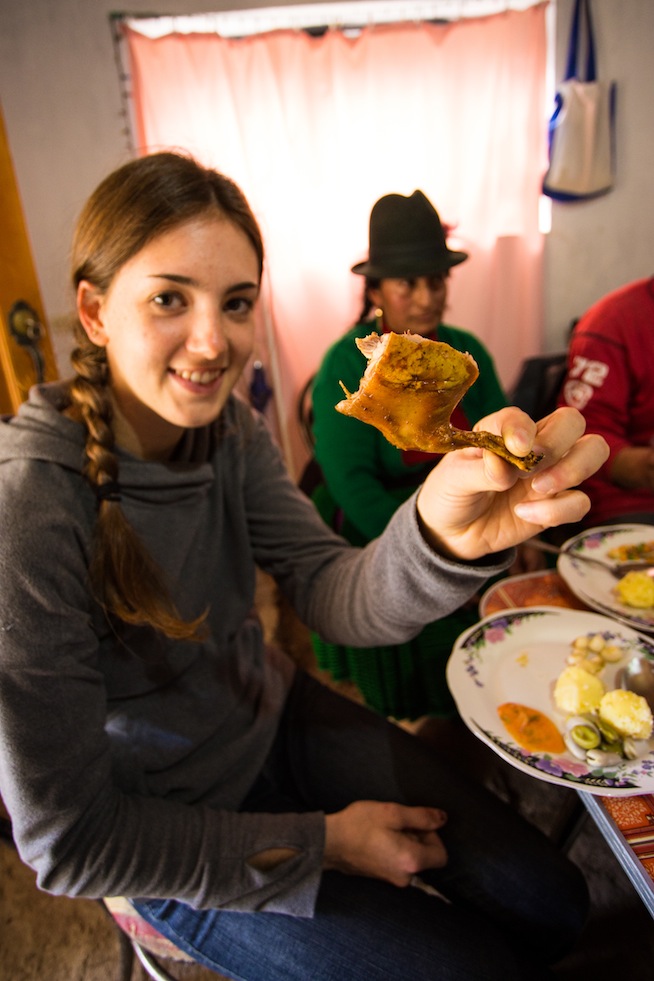 Learn more about our time with Heifer in the video above. To help Lead Now pass along the gift, check out our fundraising page at http://www.crowdrise.com/leadnowtourecuadorWhile in Cuenca, we also squeezed in a climbing clinic at C-Tres (Cuenca Climbing Center) for the three local youth climbing teams. With 40+ teenagers, we had our hands full, but this group of kids was awesome. I've learned that you can always whip a group of boys into shape by lining them up for a grueling core workout, and then threatening that a girl can beat them when they rest their legs on the ground. Yes, I am mean.
Learn more about our time with Heifer in the video above. To help Lead Now pass along the gift, check out our fundraising page at http://www.crowdrise.com/leadnowtourecuadorWhile in Cuenca, we also squeezed in a climbing clinic at C-Tres (Cuenca Climbing Center) for the three local youth climbing teams. With 40+ teenagers, we had our hands full, but this group of kids was awesome. I've learned that you can always whip a group of boys into shape by lining them up for a grueling core workout, and then threatening that a girl can beat them when they rest their legs on the ground. Yes, I am mean.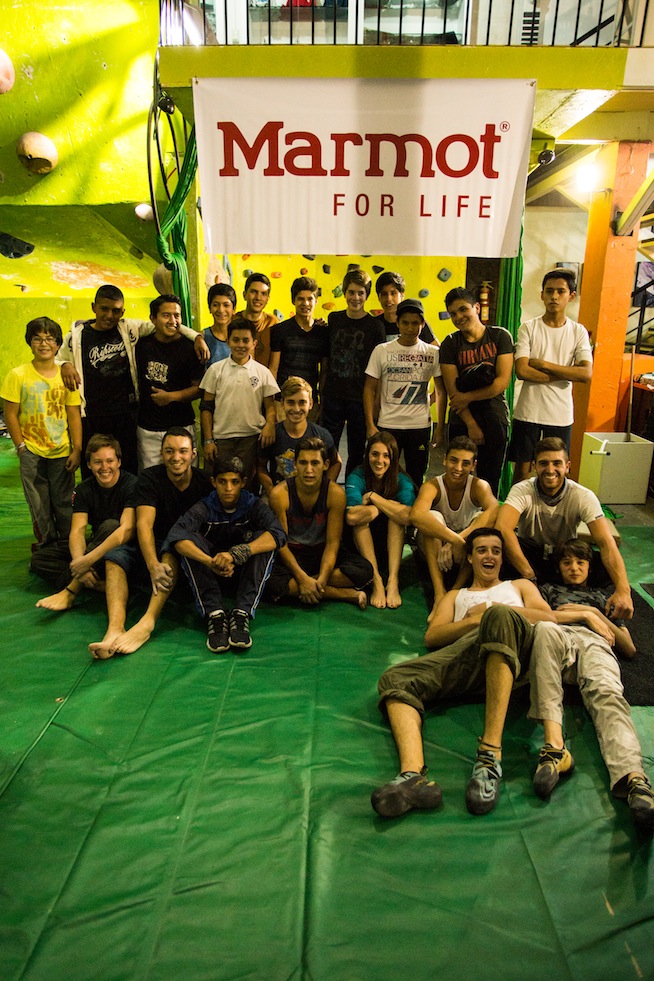
 Finally, we spent a day filming with local climber and developer Margarita Cardoso on her first ascent of Directisimo (8a+) the second pitch of a 400 foot wall in Cojitambo. Marga is one of the few female climbers in Ecuador who spends her time projecting outside and bolting new lines. I loved climbing with her and learning about her food dehydrating business!
Finally, we spent a day filming with local climber and developer Margarita Cardoso on her first ascent of Directisimo (8a+) the second pitch of a 400 foot wall in Cojitambo. Marga is one of the few female climbers in Ecuador who spends her time projecting outside and bolting new lines. I loved climbing with her and learning about her food dehydrating business!
[Marga climbing Directisimo (FA, 2nd pitch, 8a+), Photo by Jon Glassberg (LT11.com)]
[Me trying Directisimo, Photo by Jon Glassberg (LT11.com)]
[Photo by Jon Glassberg (LT11.com)]
Stay tuned for Lead Now Episode 8 to learn more about Heifer, Marga, and Ecuador!